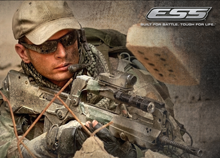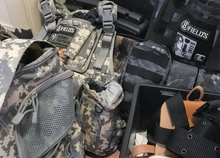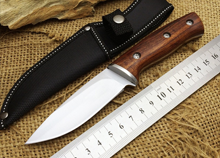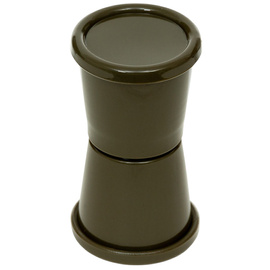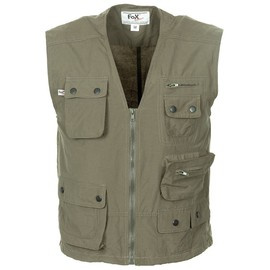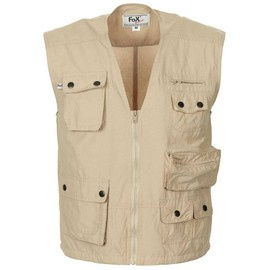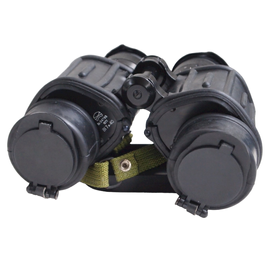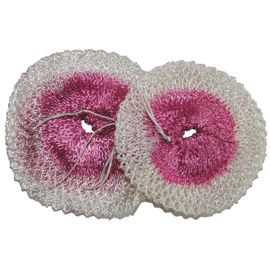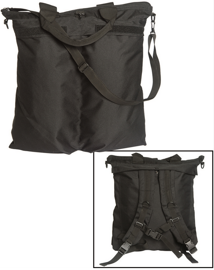The Romanian company I.O.R. optics has been producing quality optical products since the mid-1930s. During World War II, the company was recruited by German forces. During the war they produced a wide range of military optics. When Romania was absorbed into the Warsaw Pact, I.O.R. became an important supplier to military forces in the East. Together with Carl Zeiss, I.O.R. supplied military-grade optics throughout the Cold War.
The infrared filter present in this model is built into the binocular configuration and allows infrared radiation to be observed at night.
The IR system is a passive system, consisting of a screen, regeneration filter, and a screen actuator. The IR-sensitive screen is activated by a light source containing infrared radiation in its spectrum, which is perceived as bright spots. Activation of the screen takes between 7 and 20 minutes, depending on the source you use, and screens retain their ability to function for about 5-7 days.
IR binoculars are not a night vision device because the IR filter can only detect light in the infrared spectrum, for example, that produced by the active red beacon of a military car, which is not visible to the human eye.
Using binoculars with glasses is not recommended because the lenses of the glasses may scratch.
Features:
- I.O.R. 2B 7x40 Valdada military binoculars with an infrared filter
- genuine military surplus from Romanian army stock
- body made of steel
- heavy rubber armor coating
- an anti-reflective multi-coated lens with magnesium fluoride T3, providing 83-85 % light transmission
- eyepieces have Porro BaK4 prisms, are water resistant and nitrogen filled to avoid fogging inside
- in used condition, may show signs of abrasion, traces of dust due to long-term storage, some components may be missing.
Technical Specifications:
- Manufacturer: I.O.R.
- IR filter foldable on the left side
- prism: Porro BaK4
- lens diameter: 40 mm
- field of view: 149 m
- magnification: 7x
- exit pupil: 5.7 mm
- brightness: 32.5 reticle
- focusing: independent adjustment on each tube
- linear field of view: 149m/1000m
- weight: approx. 1100 g including accessories.
Internal haze and fungal growth
Even nitrogen purging can lose its effectiveness over many years if seals degrade. Fungal spores are unfortunately common in older optics that have been exposed to humidity. Once they take hold on internal surfaces, they can be very difficult to remove without a full strip-and-clean service.
This military binoculars show clear signs of heavy use, being old but apparently functional equipment. The rubber outer casing is worn, with areas where the paint is chipped or dulled, and some edges are worn down. There are traces of dust and dirt on the lenses, which may partially affect image clarity if not cleaned properly.
The eyepieces are equipped with aged rubber protectors, visibly deformed and slightly cracked, a sign that the material has degraded over time. The diopter adjustments are still visible, but may be stiff to turn due to the age of the equipment.
The original fabric strap is present, but is in poor condition: the material is frayed and discolored, and the metal fastener is oxidized. In addition, the improvised knots in the strap suggest that it has been repaired or adapted so that it can still be worn.
Overall, the binoculars have a distinctly military aesthetic, with the typical patina of equipment used in the field. It may be of interest to collectors or for props, but it requires reconditioning for practical use.
| a variant: | Cu filtru IR |
| Condition: | Used |
| Article Number: | ROARM024 ,
ROARM024-U-IR |





